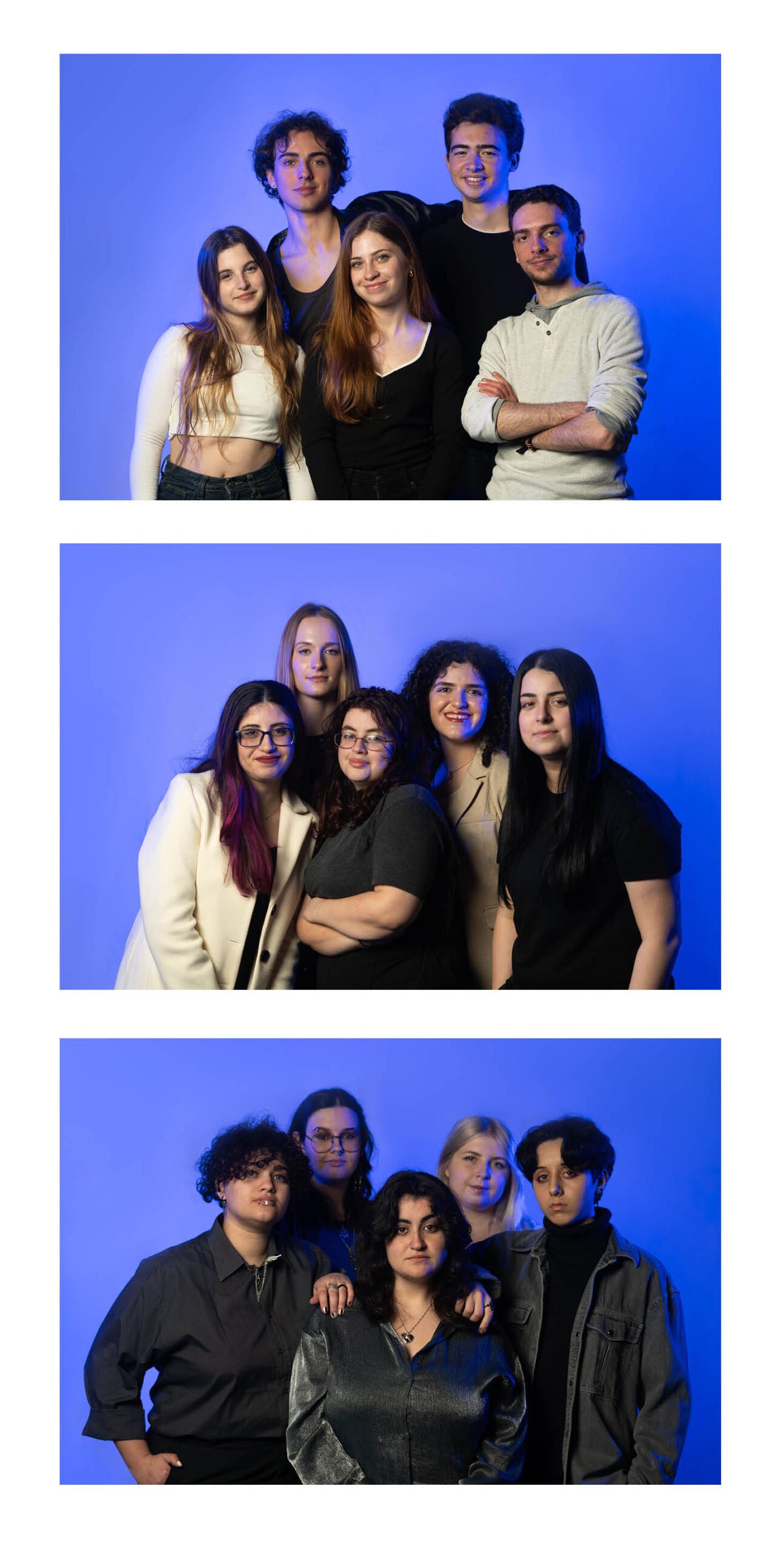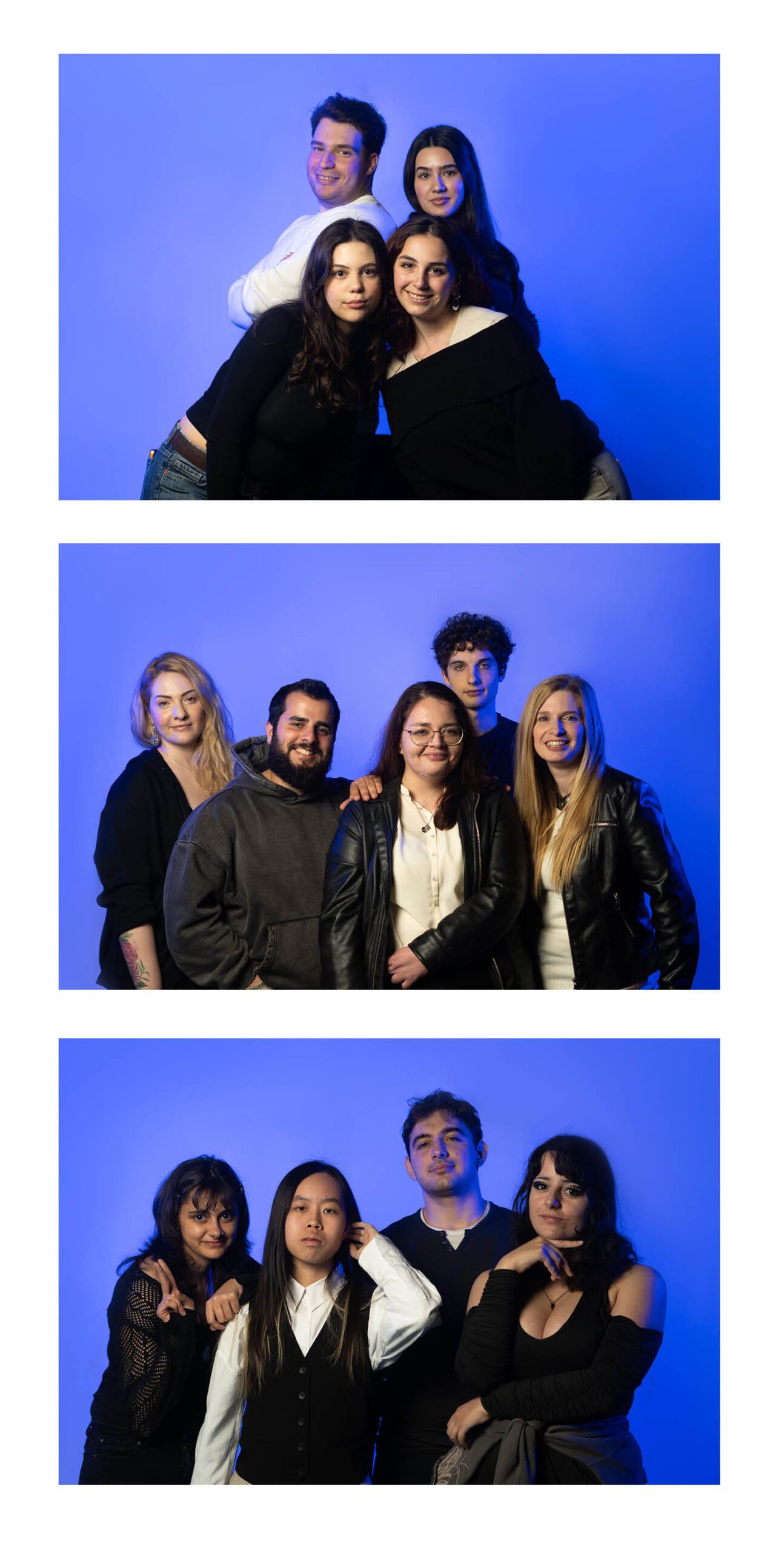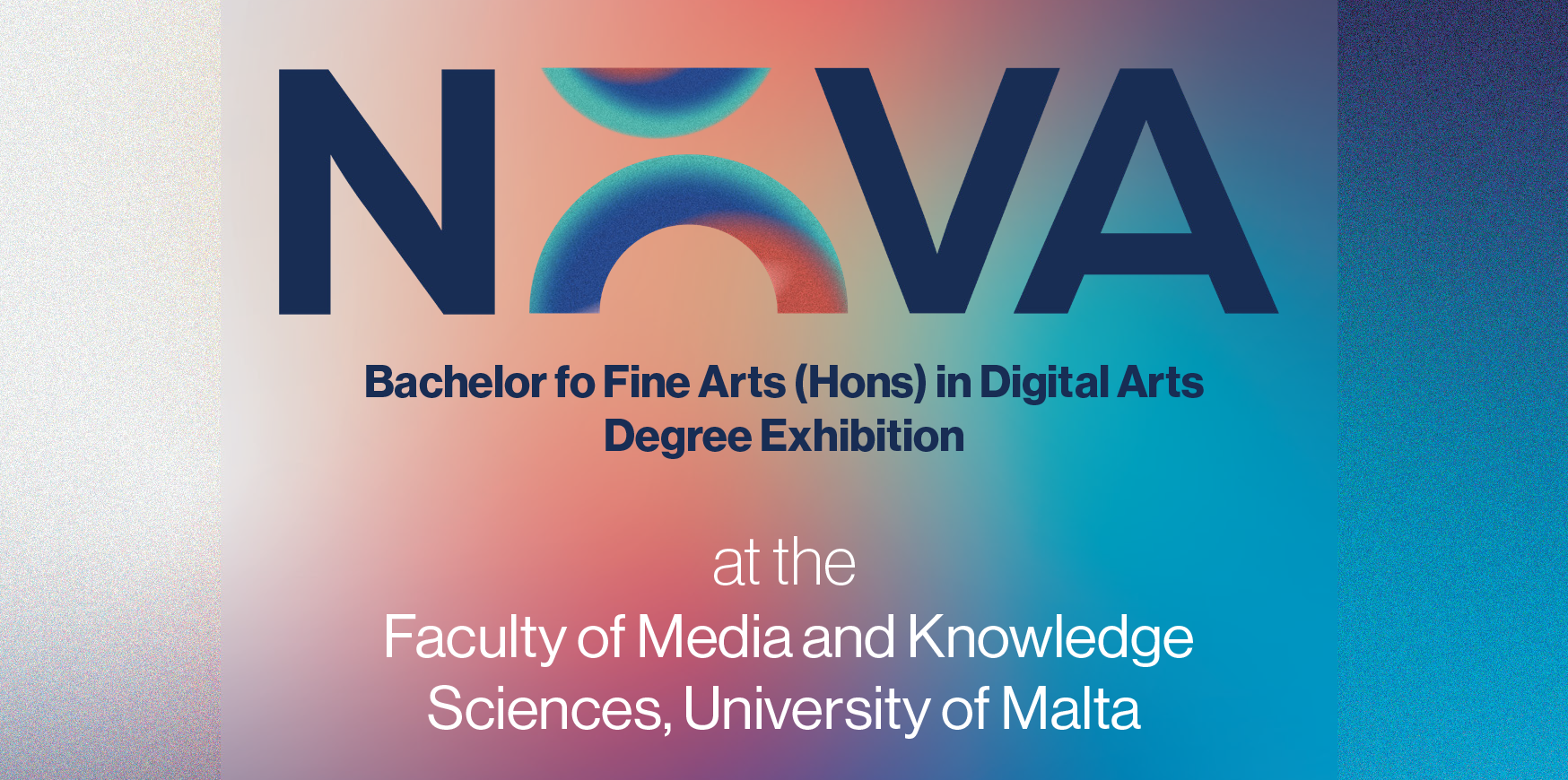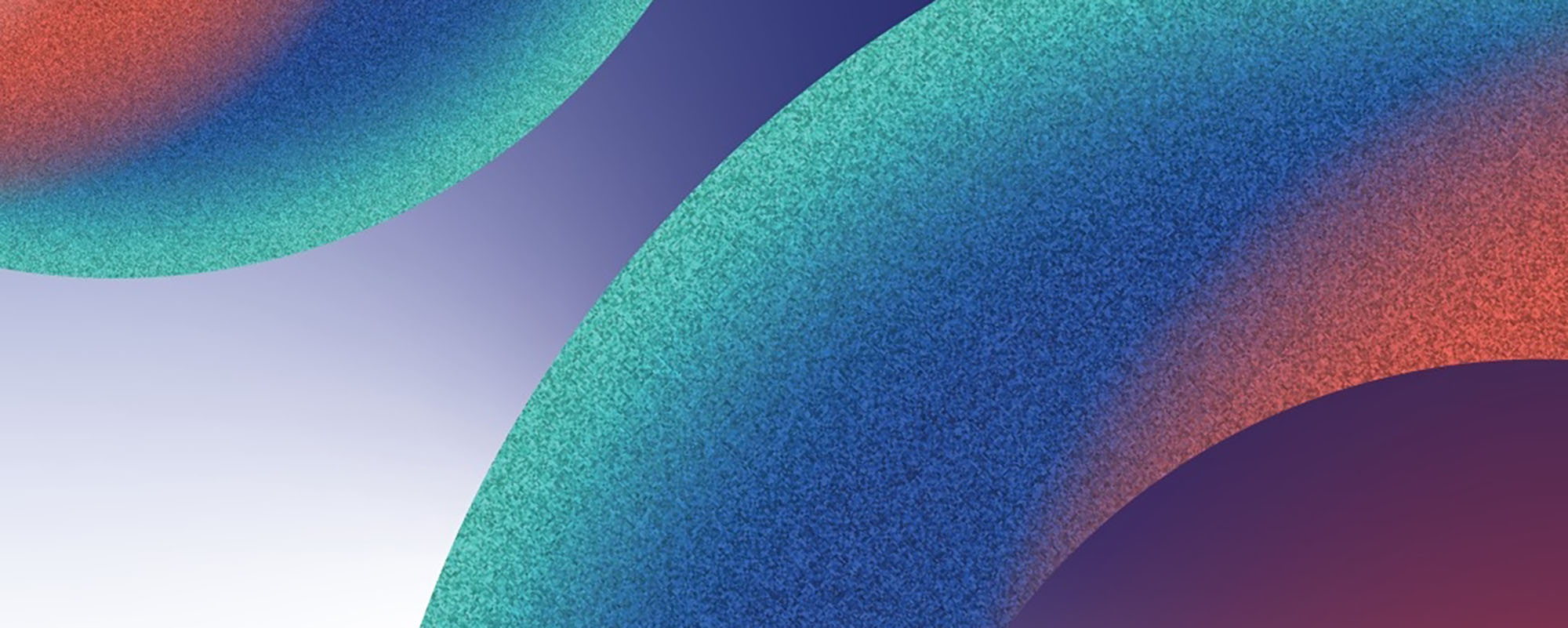‘Fun, exciting and challenging’ is how Federica, NOVA logistics officer, described her undergraduate experience with UM’s Department of Digital Arts. Now in their final year, the Bachelor of Fine Arts cohort, guided by Dr Trevor Borg, is dotting all the i’s and crossing all their t’s in preparation for their thesis exhibition. THINK took the opportunity to talk with a few members of the logistics team to learn what NOVA is all about.

Amidst preparations for their final year exhibition, Kimberly, Federica, Raquel, and Lynn – all final year students reading for a Bachelor of Fine Arts (BFA) in Digital Arts stepped forward to say a few words about their collective experience throughout the course and in organising their first exhibition – NOVA.
NOVA, Latin for new, is also a shortened term for ‘innovation’, which goes hand in hand with what the cohort wants to express through their final year exhibition – new and emerging media and techniques within the contemporary digital art space. NOVA embodies the convergence of new media, digital innovation, and artistic transformation, exploring how contemporary digital practices intersect with personal expression and storytelling. This exhibition serves as both the culmination of the cohort’s academic journey and an opportunity to connect with industry professionals, potential employers, and the public. The BFA cohort, over thirty strong, has much to offer and is brimming with fervour to exhibit their work later this month.
Notably, some students have opted to use virtual reality (VR) in their installations within the exhibit as a means to create ‘immersive art’ – a form of artistic media that envelops the observer to provide a multi-sensory environment and experience. Immersive art is a medium characterised by its very large format, often encapsulating the viewer. It explores the boundary between the artwork and the viewer with the aim of creating an emotional impact and possibly even a narrative.
NOVA combines a wide range of artistic voices, with projects spanning mediums such as drawing and painting, virtual reality, interactive installations, 2D and 3D animation, photography, graphic novels, fashion, and even educational game design. Some works explore deeply personal narratives through poetry and illustration, while others reimagine cultural heritage using contemporary tools like augmented reality and virtual reality. From tactile experiences and immersive spaces to storytelling through motion and design, the exhibition reflects the cohort’s varied interests and commitment to pushing the boundaries of digital art. Each piece in NOVA offers a unique take on how media can be used to inform, engage, and emotionally connect with audiences.

The Artist’s Fork in the Road

The BFA course offers a glimpse into the digital art space as it covers a wide range of media disciplines such as drawing and painting, photography, illustration, graphic design, animation, 3D modelling, and so on. First-year students are exposed to a multitude of these media so that they can decide at the start of their second year of studies which stream they would prefer to pursue – visual communication or animation. Visual communication focuses on media that are generally static and curated towards design, such as photography and graphic design, whilst animation focuses on moving images such as 3D modelling, 3D animation, and video animation, to name a few.
Each artist has their own unique background. A good portion may come from the traditional background where they would have studied practice, techniques, media, and history – basically having dedicated most of their student life to it. Others may have felt the artistic call and taken a leap of faith to switch professions or pursue a new or overlooked passion. This was the case for Lynn, who comes from a programming background and yet dared to say to herself, ‘I always wanted to explore a creative profession’ – and stuck to it. Lynn appreciates the support and guidance that the BFA in Digital Arts offers students, as it covers a varied range of media, allowing one to dabble in a medium they may have never had the opportunity to do so – possibly discovering a new favourite medium.
Whilst each artist has their own unique background, they all share the same excitement and enthusiasm to put their work on display at NOVA. NOVA’s aim with this collective exhibition is to showcase to the public and the industry their capabilities with their chosen form of media and technique. NOVA is also an opportunity for the cohort to demonstrate their organisational skills in coming together to organise the entire exhibition. The group rejects the notion of rigidity in disciplines and believes in a more fluid application and workflow within the creative sector. Federica notes that the most challenging part of this experience was, in fact, juggling the opinions of everyone involved to come to a collective decision when moving forward on multiple aspects of the exhibition.

The Sum is Greater than All Its Parts
The BFA exhibition is an experience that will remain a highlight within the students’ life; it is a milestone as not only is it their first time exhibiting their work, but also the endpoint of their three-year journey. Friendships will have formed and crumbled, niches will have been carved, interests will have been sparked, snuffed out, and reignited again. Some will look back on this journey with fond memories, and miss their time at UM, cherishing even what seemed like fruitless time such as waiting for a spectral bus to show up, or filling in that three-hour slot between one lecture and another, or showing up only to find out the lecture was cancelled last minute.
‘You’ll really miss it,’ Federica says in a slightly dejected tone as she comes to terms with the fact that her own journey is now ending. She would like to pursue the Master’s of Fine Arts in Digital Art after successfully completing her undergraduate degree; however, she would also like to start up her own creative company and forge her own path rather than be bound by any institutional brand manuals.
Others may choose to further their studies by taking up the Master of Fine Arts in Digital Arts or in another field of their choice. Most, however, will make their foray into the professional world and dip their toes into the industry, putting their experience and knowledge from UM to the test. However, each individual within this BFA cohort will all share one thing – and that is NOVA.

The NOVA exhibition will be open to the public between 22–23 May 2025. Check out NOVA’s social media links, event details, and behind-the-scenes content here: https://linktr.ee/novabfa






Comments are closed for this article!